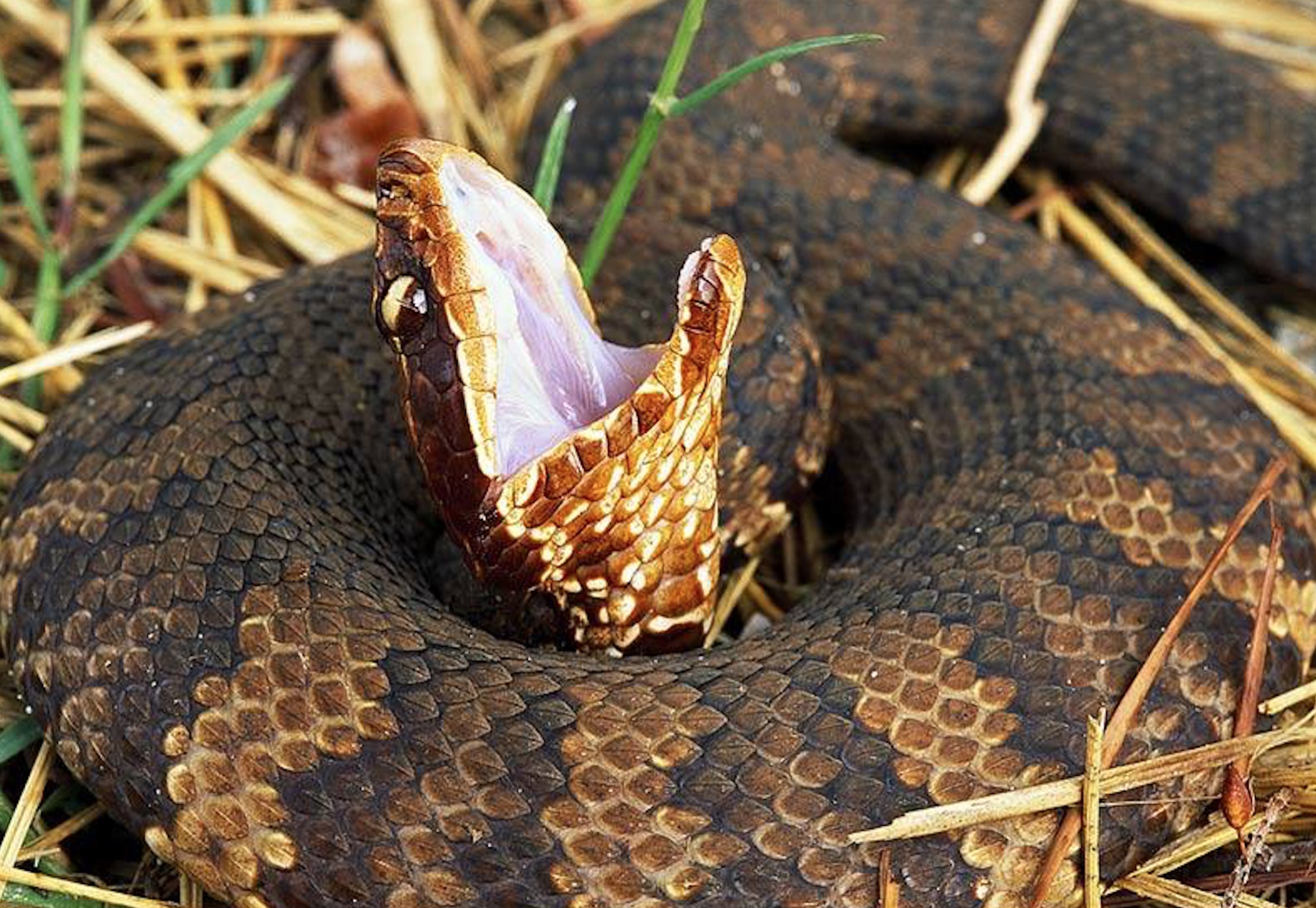
Please allow me to introduce myself. I am a medical toxicologist and emergency physician at Baylor College of Medicine in Houston, Texas. I have treated 600+ snakebites and direct one of the busiest snakebite services in the U.S.
I also love snakes and consider myself a member of the herpetology community. And I want to help prevent any bad outcomes (for both humans and snakes) if a snake-human interaction goes awry.
I have seen A LOT of bad advice regarding snakebite management in this and other groups, and I’d like to set the record straight.These are the recommendations for pre-hospital treatment. I will have a different post dealing with hospital management.
- Get away from the snake. No need to hurt the snake just because you’re angry, and you don’t want to incur additional injury.
- If you (or someone else) can safely and quickly get a picture of the snake, great, but don’t waste time or risk a second envenomation. Ultimately, pit viper (rattlesnakes, copperheads, cottonmouths/water moccasins) envenomations are diagnosed clinically. As are coral snake bites, but most people can identify those. Just pray you have a doctor who knows what he or she is doing (see below)
- Remove constrictive clothing and jewelry
- Position the affected extremity appropriately. This is a little controversial, but some things are clear. For pit viper bites (which account for > 95% of the venomous snakebites in the U.S.), DO NOT PLACE BELOW HEART LEVEL. Almost all pit viper bites cause local tissue injury, and placing the affected extremity below heart level will cause the venom to collect in the extremity and will increase the hydrostatic pressures in the extremity. This will increase the potential damage to lymphatic vessels and increase the likelihood of some degree of permanent injury, such as post-exertional swelling. For copperhead and cottonmouth bites, in which local tissue is highly likely but the likelihood of systemic toxicity is low, I recommend placing the affected extremity ABOVE HEART LEVEL. In rattlesnake bites, it is reasonable to keep the affected extremity AT HEART LEVEL.These variations are for pre-hospital management. Once in the hospital, the affected extremity should always be elevated. This is emphasized in the unified treatment algorithm.
- Get to an appropriate hospital. If you are having life-threatening signs and symptoms (e.g. airway issues, low blood pressure) get to the closest hospital for stabilization. They can then transfer you if needed to an expert. Otherwise, proceed directly to a hospital with a snakebite expert. If you interact with snakes a lot or are outside in snake-endemic areas, you should investigate your regional hospitals to locate one or more specialists. I can help you with this. It’s a pretty small community.
- Avoid dangerous and/or stupid interventions:
- DO NOT cut and suck. All this does is make a wound worse and potentially introduces bacteria into the wound
- DO NOT apply a tourniquet. There is no benefit in cutting off an extremity’s arterial blood supply unless the patient is bleeding to death.
- DO NOT apply any sort of constriction band or pressure immobilization for pit vipers. For the same reason that we do not place the affected extremity below heart level. The American College of Medical Toxicology has a position statement on this.
- Pressure immobilization IS reasonable for coral snake bites.
- DO NOT use electrical shock treatment. It does not “neutralize the venom” or whatever nonsense advocates claim. But it is a good way to cause permanent injury.
- DO NOT apply heat.
- DO NOT apply PROLONGED icepacks. A few minutes at a time is okay (say, 5 minutes on, 10 minutes off) but prolonged cryotherapy is bad for the tissue.
- DO NOT use one of those commercially-available suctions devices. They don’t remove venom. They just suck. See the best-titled editorial ever here.
- Do not bring the snake to the hospital. A dead snake can still envenomate you, and I hate when people kill snakes. And as much as I like snakes, I do acknowledge it becomes a logistical difficulty when someone brings a live snake to the ED. And, as I said before, we don’t need to see the snake to provide appropriate treatment.